Peter Mallinson examines the history and challenges of writing repertoire for two violas, ahead of the release of the album Two Violas: Regeneration, celebrating the longevity, versatility and modernity of the viola duo as an ensemble
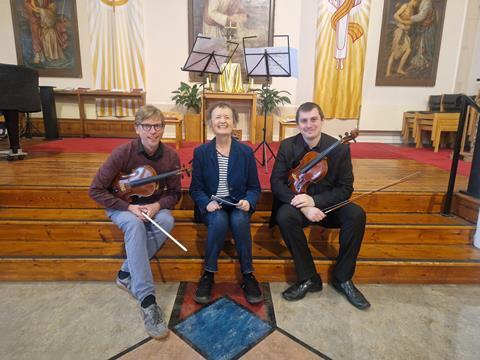
Discover more Featured Stories like this in The Strad Playing Hub
’Viola duos are few and offer little interest.’ So wrote Walter Willson Cobbett, businessman and influential patron of British chamber music in his Cyclopedic Survey of Chamber Music (1929), a resource still admired today for its (then) comprehensive coverage of the subject. Little had seemingly changed nearly 30 years later when, in the Musical Courier of May 1958, the notorious music critic Harris Goldsmith reviewed with evident surprise a viola duo concert given by William Primrose and Paul Doktor, two soloists at the height of their international careers:
’A recital of viola duets [is] an absolute rarity. Before this concert, I was unaware of the fact that any literature for the instrument in pairs existed, aside from the Bach Sixth Brandenburg Concerto.’
This perception of the viola duo was clearly robust, and widespread; it was also completely wrong. The tradition of writing music for two violas dated back a long way, as Goldsmith recognised, perhaps inadvertently, in his reference to Bach’s Brandenburg Concerto No.6. It featured prominently in 18th-century Hausmusik – written both for amateur players convening for a musical soirée, and for professionals performing in the homes of patrons. But it dated back earlier than this, and earlier still than J.S. Bach. Indeed, one can follow the history of the duo back to Orlando Gibbons (1583-1625) with his Fantasias, and arguably further still to the 13th-century Cantigas de Santa Maria.
And, as Goldsmith’s allusion to Bach also revealed, the unique sonorities of the viola duo have long been explored in creative collaborations with other instruments, from Telemann’s Partie Polonaise for two violas and double bass or Hummel’s Trio in G major for two violas and cello, to Wranitzky’s Concerto in C major for two violas. Such pieces put the two violas front and centre. More discreet for sure, but inspired no doubt by the same sensitivity to its distinctive sound world, are the string quintets of Beethoven, Brahms, and Dvorak which replaced the two-cello scoring championed by Boccherini with a pair of violas.
Writing for the ensemble returned to prominence at the turn of the last century, coinciding with the vigorous promotion of the viola as a solo instrument by Lionel Tertis in the UK, and Vadim Borisovsky in Russia. The Lament of Frank Bridge, for instance, one of the best-known 20th-century pieces for two violas, explores the instrument’s rich textures to the extent that listeners almost inevitably believe they are hearing a quartet. Written for performance with Lionel Tertis, it was premiered in 1912 alongside its pair, Caprice – a work long thought lost, but recently reconstructed from surviving manuscripts by violist and composer Simon Rowland-Jones.
Tertis inspired many such compositions, not least by York Bowen, Gordon Jacob, and Edmund Rubbra; he also contributed to the duo repertoire himself, his most substantial piece being the Variations on a Passacaglia of Handel, a bold re-imagining of Johan Halvorsen’s celebrated work for violin and viola. Writing in May 1935 to Elizabeth Sprague Coolidge (an American patron of music, who supported, among many others, the violist/composers Frank Bridge and Rebecca Clarke), his excitement was clear: ’I am presumptuous enough to think that I have gone one better than Mr Halvorsen.’
The work’s US premiere was given by Primrose and Doktor in the 1958 concert reviewed by Goldsmith. In the same concert, they gave a second US premiere, the Duett in G by Austrian composer Alexander Wunderer (1877-1955). Wunderer, a name unfamiliar now, was principal oboist of the Vienna Philharmonic, and a professor at the Vienna State Music Academy (where he taught Herbert von Karajan).
His duo was scornfully dismissed by Goldsmith as derivative Richard Strauss; not all would agree, and audiences today thrill to its masterly exploitation of the instrument’s sonorities, both alone and together, and its harmonic twists and turns. Another substantial post-war work was the Sinfonia a Due by Fyodor Druzhinin (1932-2007), successor of Borisovsky in the legendary Beethoven Quartet, and dedicatee of Shostakovich’s Viola Sonata.
There is no doubt that writing for two of the same instrument (any instrument) presents particular challenges – variety and contrast are almost inevitable when different instruments are used, but writing for an identical pair requires a more imaginative exploration of its possibilities. This extra challenge may (partly) explain why a chamber ensemble dating back centuries has a much smaller repertoire than, say, the string quartet, or duos for unlike instruments.
Writing for an identical pair of instruments requires a more imaginative exploration of its possibilities
But this (relative) want of significant repertoire brings advantages, too. Tradition can weigh heavy, for composers and listeners alike. Unlike the string quartet, described by Paul Griffiths as ’at once a medium and a genre,’ the duo for like instruments has not developed any particular body of expectation. Composers have greater freedom, and listeners have a more immediate access to the music itself, uncluttered by (too) familiar antecedents; it opens the way for a journey of musical exploration and discovery.
Alfred Schnittke understood this, recognising in Druzhinin’s Sinfonia a Due a work of great intensity in a ’rare musical form.’ Critics at the start of the last century were at times more hesitant in their judgement. A review in The Times of the 1912 Bridge/Tertis collaboration is characteristic. The critic noted in the music ’a stronger individuality than might have been thought possible given the limitations of the medium,’ his instinctive wariness of an unexpected form confronting a grudging acknowledgement of the work’s eloquence. The music, however, had the last word: ’it was really beautiful and original, like all of Mr Bridge’s best work.’
As it did, too, when the Tertis Variations were first performed 23 years later: a review in the Musical Times commented explicitly on ’the singular beauty to be obtained from the tone of two solo violas heard together’; expressiveness and unfamiliarity were no longer placed toe to toe, but hand in hand.
All that was then. But what of now? A cautious critical approach is now a thing of the past, and the rich history of viola duos has inspired academic interest on both sides of the Atlantic. The repertoire, too, is alive, and kicking, and many composers in recent years have turned to the ensemble, with or without additional instruments, exploring its distinctive sonorities in music of widely different moods and registers: John Alexander, Sally Beamish, Brett Dean, Detlev Glanert, Sofia Gubaidulina, John Hawkins, Peter Letanka, Sir James MacMillan, Deborah Pritchard, Simon Rowland-Jones, Edwin Roxburgh, Errollyn Wallen, Raymond Yiu. The list is not exhaustive.
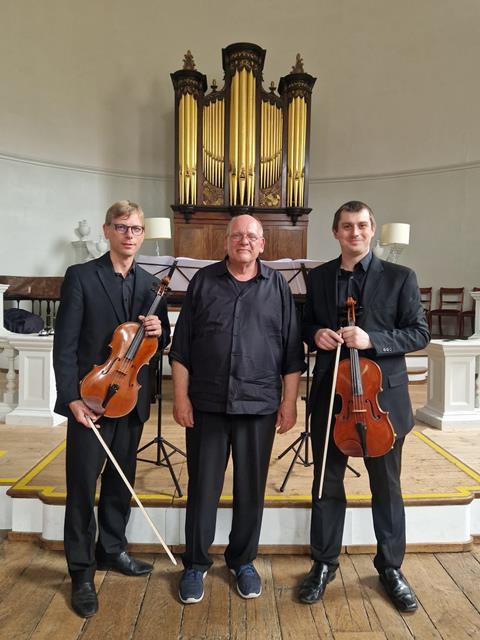
There have been several substantial CD compilations, too, over the last decade, and Meridian’s forthcoming disc, Two Violas: Regeneration, to be released on 14 March 2025, is the fourth in a series of imaginative programmes which explore the repertoire, past and present, and demonstrate both its range and its interest. Cobbett would have been surprised. And Goldsmith, one hopes, delighted. Primrose and Doktor clearly won him over, and he ended his review with the following: ’I sincerely hope that this is not the last to be heard of viola duets.’
Viola duets, and their reception, have come a long way since 1958. And as for beyond? Well, listen out!
Two Violas: Regeneration featuring violists Peter Mallinson and Matthias Wiesner, plus pianist Lynn Arnold is released on 14 March 2025 on Meridian Records.
Read: Why we should all be violists
Discover more Featured Stories like this in The Strad Playing Hub
The number one source for playing and teaching books, guides, CDs, calendars and back issues of the magazine.
In The Best of Technique you’ll discover the top playing tips of the world’s leading string players and teachers. It’s packed full of exercises for students, plus examples from the standard repertoire to show you how to integrate the technique into your playing.
The Strad’s Masterclass series brings together the finest string players with some of the greatest string works ever written. Always one of our most popular sections, Masterclass has been an invaluable aid to aspiring soloists, chamber musicians and string teachers since the 1990s.
The Canada Council of the Arts’ Musical Instrument Bank is 40 years old in 2025. This year’s calendar celebrates some its treasures, including four instruments by Antonio Stradivari and priceless works by Montagnana, Gagliano, Pressenda and David Tecchler.

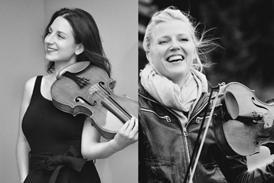
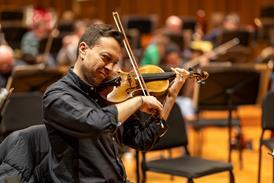

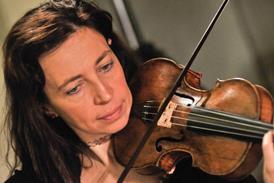
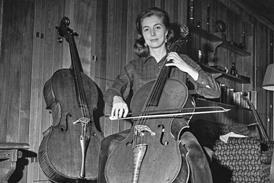
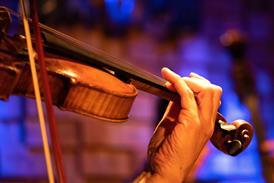
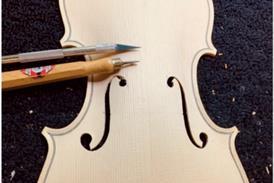



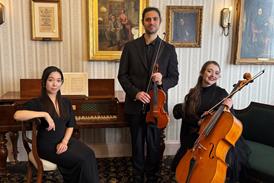
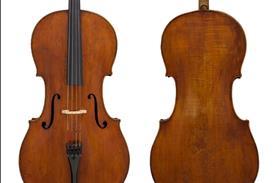
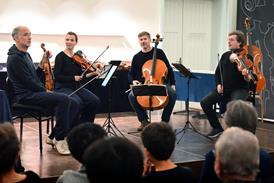
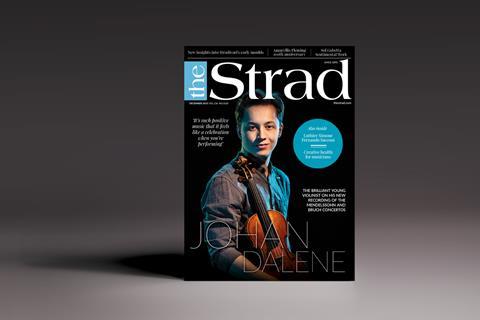
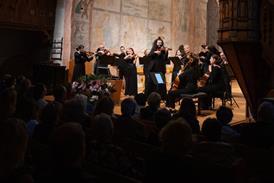

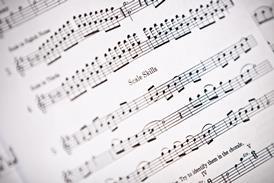
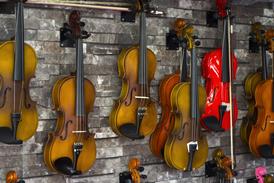

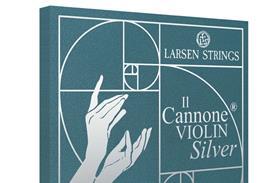
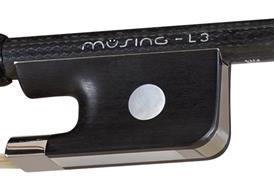
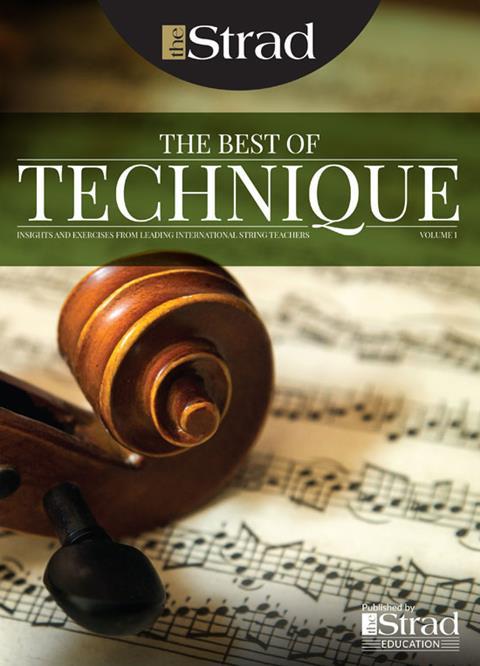
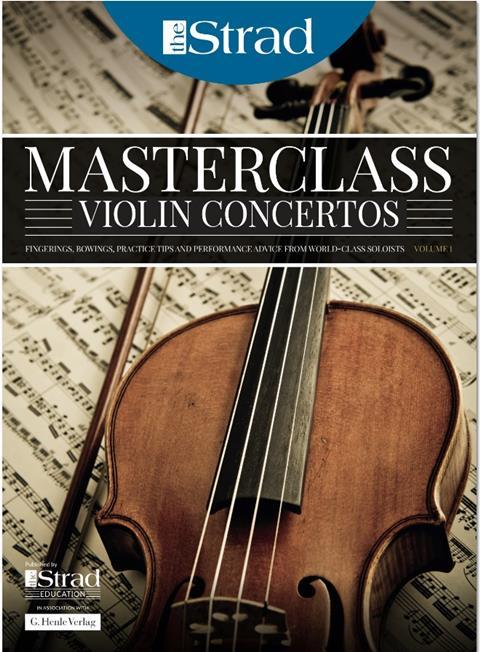
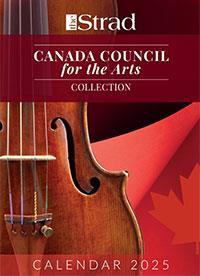
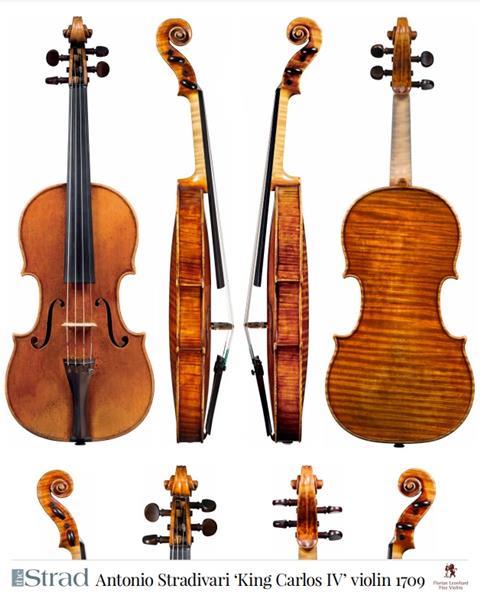
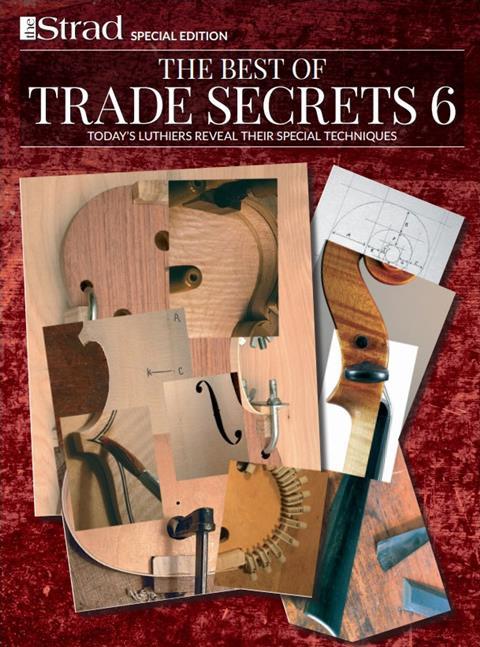
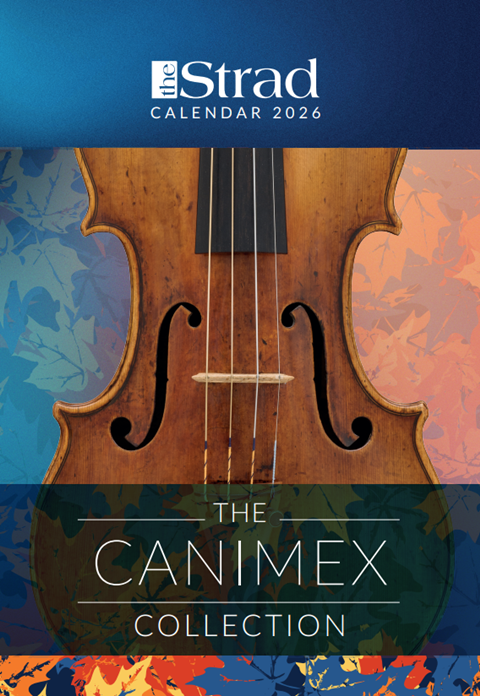
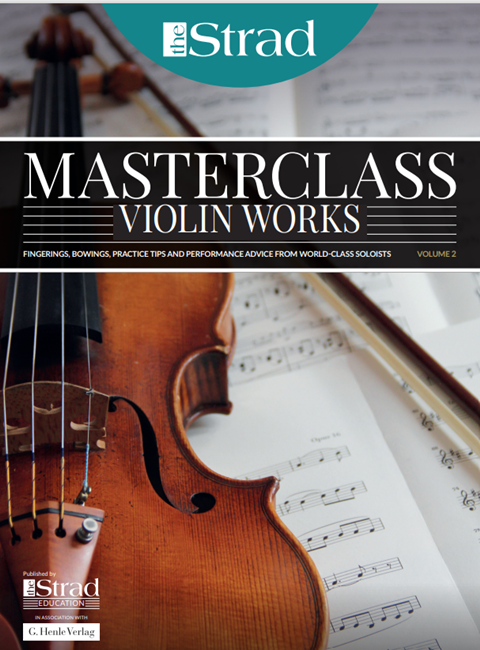
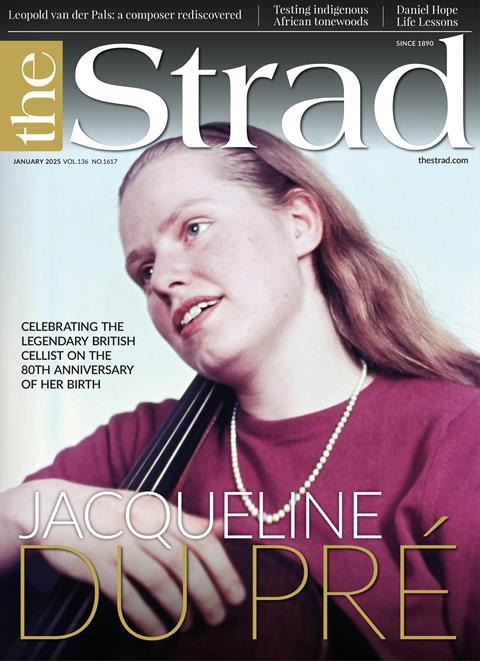
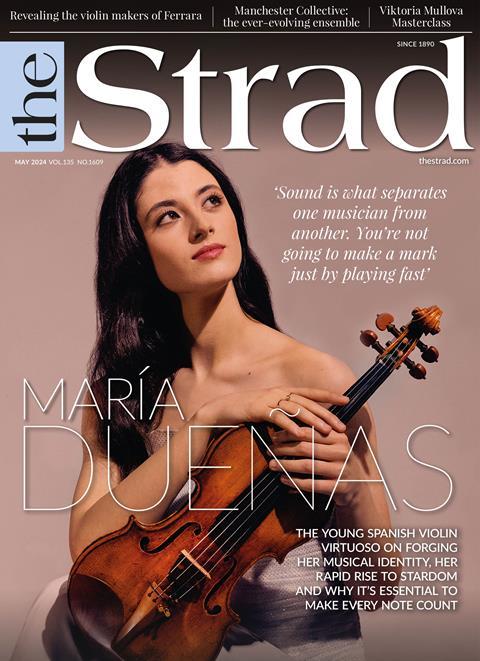
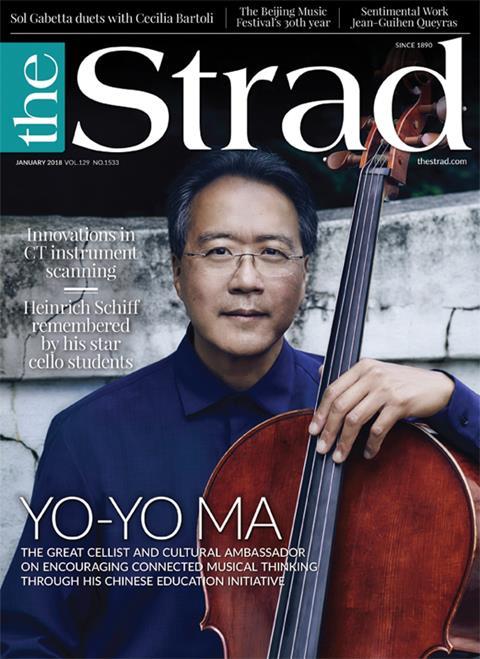












No comments yet